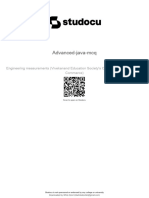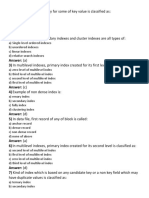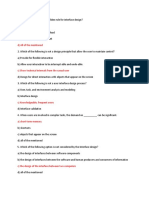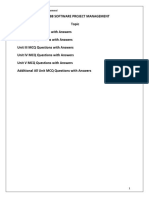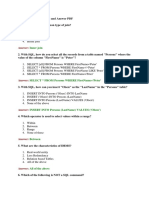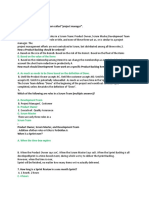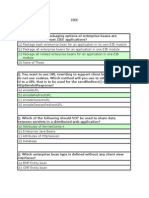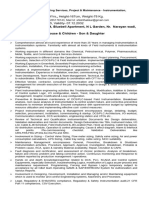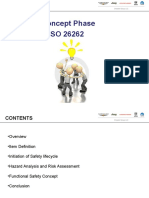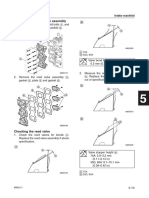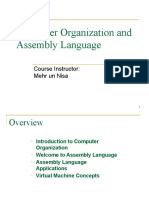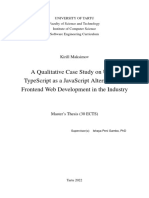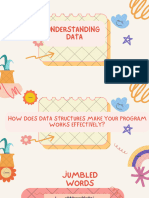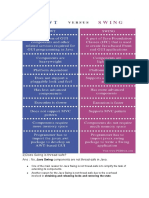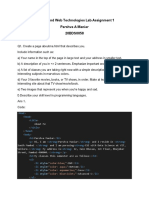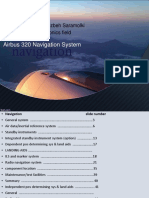0% found this document useful (0 votes)
2K views24 pagesSoftware Engineering MCQs: Units 1 & 2
The document contains a sample exam for an IT software engineering course, including 34 multiple choice questions about software testing concepts and principles. Some key topics covered include test levels (unit, integration, system, acceptance), test types (black box, white box), software development life cycles (V-model, SDLC), test planning/specification, and testing principles such as defect clustering, pesticide paradox, and the fact that testing shows presence but not absence of defects.
Uploaded by
syed sabaCopyright
© © All Rights Reserved
We take content rights seriously. If you suspect this is your content, claim it here.
Available Formats
Download as PDF, TXT or read online on Scribd
0% found this document useful (0 votes)
2K views24 pagesSoftware Engineering MCQs: Units 1 & 2
The document contains a sample exam for an IT software engineering course, including 34 multiple choice questions about software testing concepts and principles. Some key topics covered include test levels (unit, integration, system, acceptance), test types (black box, white box), software development life cycles (V-model, SDLC), test planning/specification, and testing principles such as defect clustering, pesticide paradox, and the fact that testing shows presence but not absence of defects.
Uploaded by
syed sabaCopyright
© © All Rights Reserved
We take content rights seriously. If you suspect this is your content, claim it here.
Available Formats
Download as PDF, TXT or read online on Scribd
/ 24




